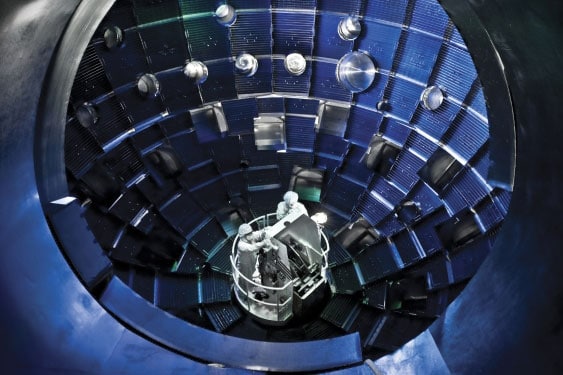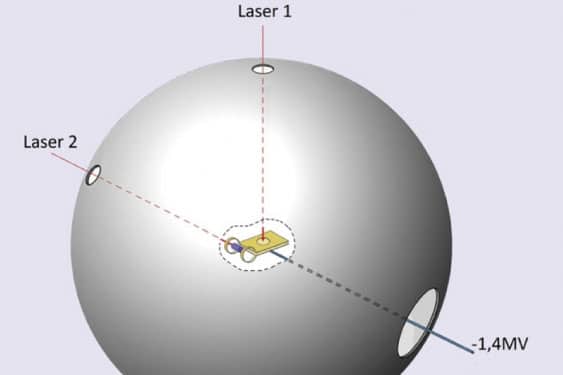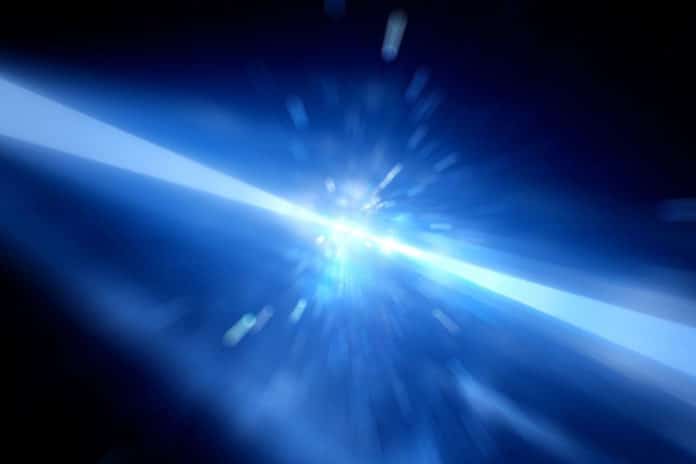Australian scientists have recently developed a method to create a fusion with lasers that do not require radioactive fuel elements. The study has provided evidence that advances in high-intensity lasers now becomes a reality.
Earlier, it was literally impossible to advance high-intensity lasers without radioactive waste. Now scientists have generated fusion energy from hydrogen-boron reactions. This new approach is closer to realizing fusion than other attempts like the deuterium-tritium fusion pursued by science facilities in the U.S. and France.
Hydrogen-boron fusion is created by two powerful lasers in rapid bursts, which produce precise non-linear that compress the nuclei together. This procedure does not generate any neutrons and thus – no radioactivity. What likewise sets this vitality source apart- in contrast to coal, gas or nuclear that use warmed fluids like water to drive turbines – hydrogen-boron fusion can be changed over specifically into electricity.

The problem with hydrogen-boron fusion has been that it required temperatures 200 times hotter than the core of the Sun. That is until dramatic advancements in laser technology that allows for an “avalanche” fusion reaction to be triggered by super-fast blasts taking no more than a trillionth-of-a-second from a petawatt-scale laser pulse.
The bursts of this pulse would pack a quadrillion watts of power, according to Hora, leading to a breakthrough in proton-boron fusion.

Lead author Heinrich Hora from UNSW Sydney said, “It is a most exciting thing to see these reactions confirmed in recent experiments and simulations. Not just because it proves some of my earlier theoretical work, but they have also measured the laser-initiated chain reaction to create one billion-fold higher energy output than predicted under thermal equilibrium conditions.”
Through this study, scientists highlighted the roadmap the development of this technology can follow. The study is published in the journal Laser and Particle Beams.
